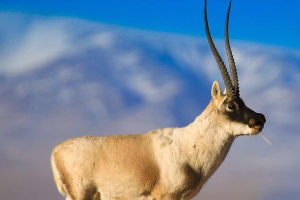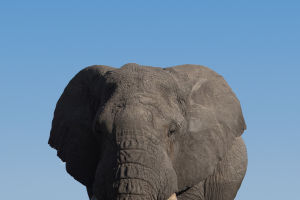The statement that tigers have spots while lions do not is not entirely accurate. Lions, just like other felines such as pumas and cats, are born with spots on their bodies, which gradually fade away as they age.
However, there is also a genetic mutation that allows some adult lions to retain their spots, resulting in what is known as the "spotted lion". This mutation is harmless and does not affect the size of the lion.
Interestingly, most felines look similar when they are young and when they grow up, except for lions. While the stripes on tigers can help them blend in better in their forest environment, the African savannah environment where lions live requires a different kind of camouflage.
In the African savannah, the mortality rate of lion cubs is high, and they need to protect themselves from other male lions and predators such as hyenas, African wild dogs, and leopards. In the course of evolution, nature has given lion cubs a protective camouflage in the form of spots.
Although spots may not be effective camouflage on open sandy yellow grasslands, they are effective in providing cover when lion cubs are hidden in the bushes or near the den.
Adult lions and lion cubs may live in the same environment, but their daily activities are different. Adult lions often need to travel long distances to hunt, whereas lion cubs are mostly hidden in the bushes or near the den.
For young lions, spots provide a means of protection from predators, whereas adult lions rely on their hunting skills to catch prey.
The "survival of the fittest" is a common phenomenon in nature. White lions, for example, are too conspicuous and have inferior hunting skills, so they are gradually eliminated by nature.
Similarly, young lions without spots may have existed in the past, but in the course of evolution, those with spots had a higher survival rate and passed on their genes to future generations.
For most animals, the purpose of camouflage is either to hide from predators or to improve their hunting success rate. The young lion's spots serve the former purpose, while the adult lion's lack of spots and more uniform coat serves the latter.
Indeed, lions are not typically associated with spots, they are born with them and some retain them into adulthood due to a genetic mutation.
The spots serve as a means of protection for young lions in the African savannah environment where they face high mortality rates.
The adult lion's lack of spots and more uniform coat help improve their hunting success rate. The concept of survival of the fittest plays a significant role in the evolution of traits like spots in lions.


